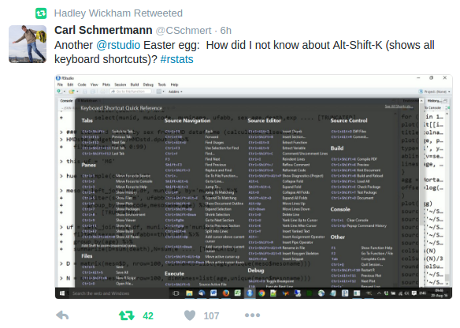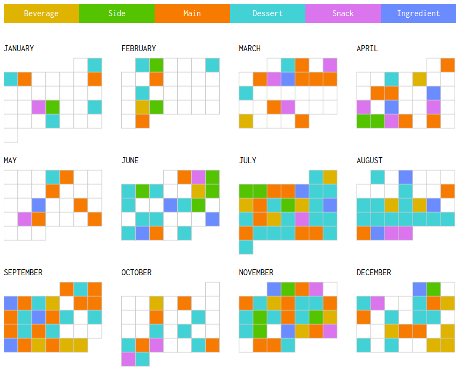Backpage.com defies sex trafficking subpoena despite Senate contempt vote by David Kravets.
From the post:
The First Amendment has been good, really good to the online classified ads portal Backpage.com. In 2015, the US Constitution helped Backpage dodge a lawsuit from victims of sex trafficking. What’s more, a federal judge invoked the First Amendment and crucified an Illinois sheriff—who labeled Backpage a “sex trafficking industry profiteer”—because the sheriff coerced Visa and Mastercard to refrain from processing payments to the site. The judge said Cook County Sheriff Thomas Dart’s anti-Backpage lobbying amounted to “an informal extralegal prior restraint of speech” because Dart’s actions were threatening the site’s financial survival.
But the legal troubles didn’t end there for Backpage, which The New York Times had labeled “the leading site for trafficking of women and girls in the United States.”
…
Kravets does a great job of linking to the primary documents in this case and while quoting from the government’s response to the request for a stay, does not include a link for the government’s response.
For your research and reading convenience, RESPONSE IN OPPOSITION [1631269] filed by Senate Permanent Subcommittee on Investigations to motion to stay case. A total of 128 pages.
In that consolidated document, Schedule A of the subpoena runs from page 40 to page 50, although the government contends in its opposition that it tried to be more reasonable that it appears.
Even more disturbing than the Senate’s fishing expedition into the records of Backpage is the justification for disregarding the First Amendment:
The Subcommittee is investigating the serious problem of human trafficking on the Internet—much of which takes place on Backpage’s website—and has subpoenaed Mr. Ferrer for documents relating to Backpage’s screening for illegal trafficking. It is important for the Subcommittee’s investigation of Internet sex trafficking to understand what methods the leading online marketplace for sex advertisements employs to screen out illegal sex trafficking on its website. Mr. Ferrer has no First Amendment right to ignore a subpoena for documents about Backpage’s business practices related to that topic. He has refused to identify his First Amendment interests except in sweeping generalities and failed even to attempt to show that any such interests outweigh important governmental interests served by the Subcommittee’s investigation. Indeed, Mr. Ferrer cannot make any balancing argument because he refused to search for responsive documents or produce a privilege log describing them, claiming that the First Amendment gave him blanket immunity from having to carry out these basic duties of all subpoena respondents.
As serious a problem as human trafficking surely is, there are no exceptions to the First Amendment because a crime is a serious one. Just as there are no exceptions to the Fourth or Fifth Amendments because a crime is a serious one.
If you are interested in the “evidence” cited against Backpage, S. Hrg. 114–179 Human Trafficking Investigation (November 2015), runs some 260 pages, details the commission of illegal human trafficking by others, not Backpage.
Illegal sex traffic undoubtedly occurs in the personal ads of the New York Times (NYT) but the Senate hasn’t favored the NYT with such a subpoena.
Kravets reports Backpage is due to respond to the government by 4:00 p.m. Wednesday of this week. I will post a copy of that response as soon as it is available.







